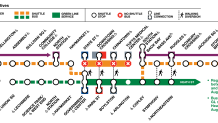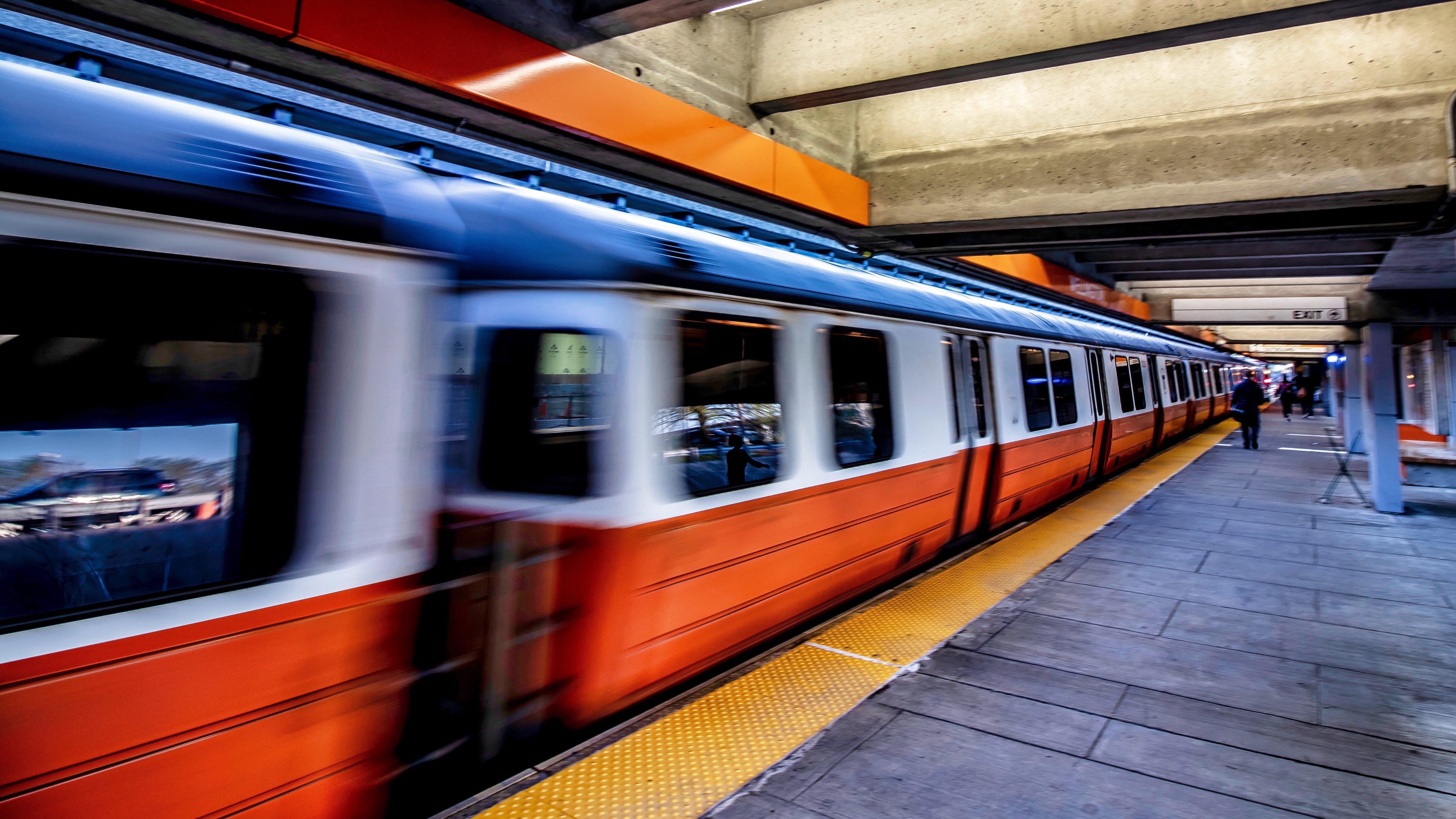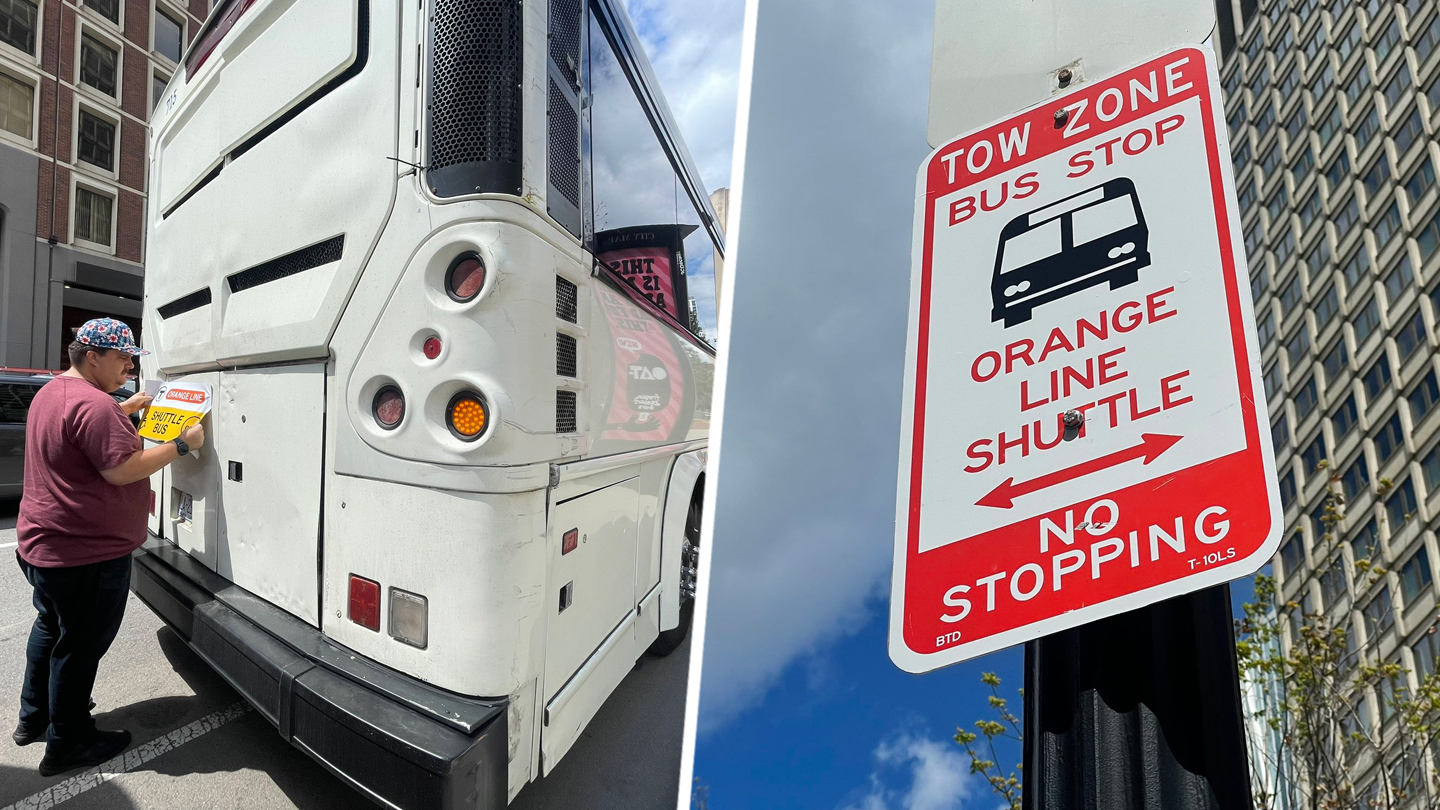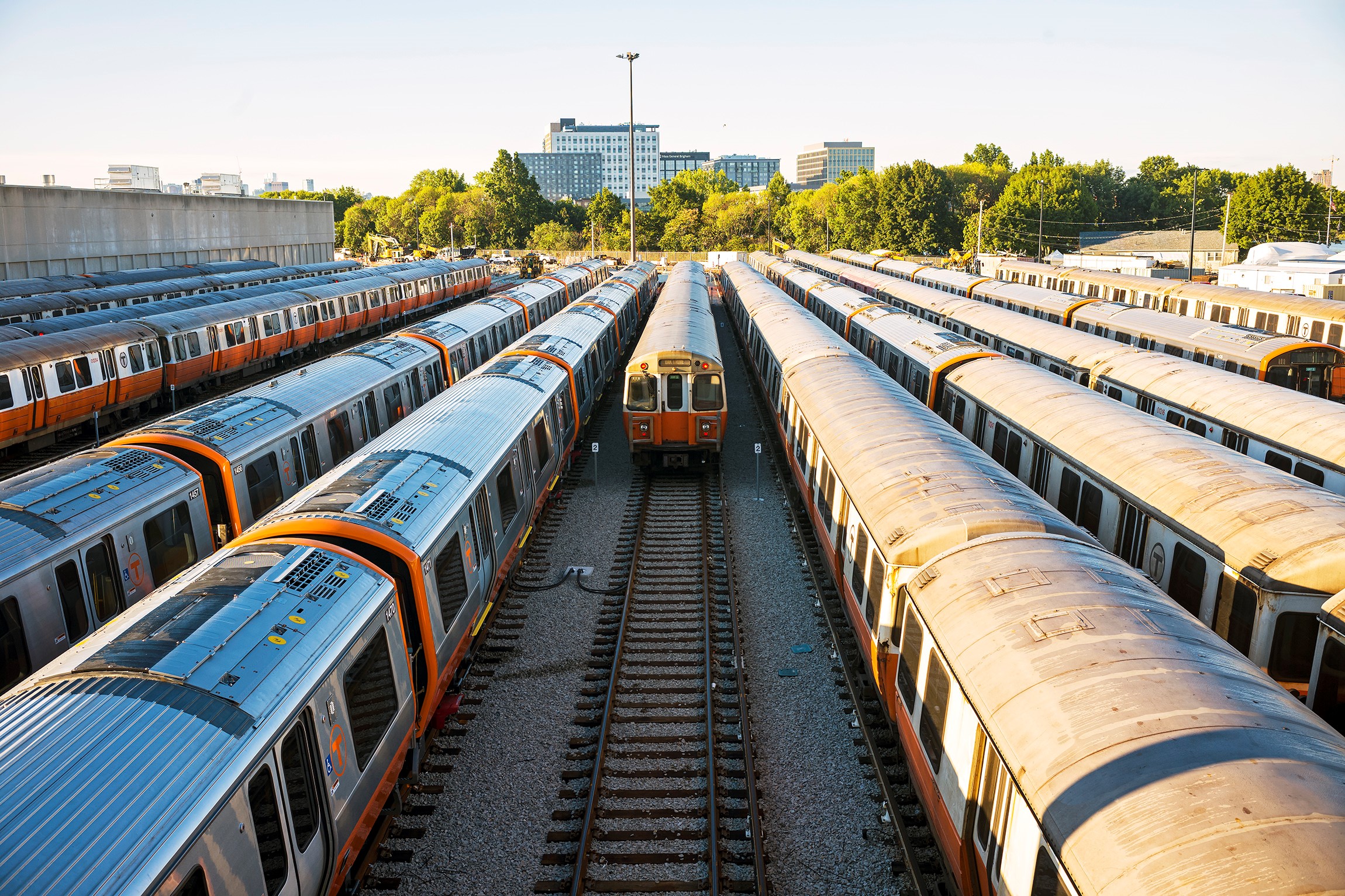With the Orange Line shutdown just one day away, the MBTA is doing everything it can to get the word out about potential impacts and alternatives.
The Orange Line's trains are scheduled to stop running at 9 p.m. Friday in an unprecedented 30-day closure and aren't scheduled to resume until Sept. 18.
WATCH ANYTIME FOR FREE
Stream NBC10 Boston news for free, 24/7, wherever you are. |
MBTA General Manager Steve Poftak provided tips on how to navigate the shutdown during a virtual Q&A session with the Greater Boston Chamber of Commerce on Thursday morning.
"By shutting down the entire Orange Line, we're able to make major expansive and comprehensive repairs on a number of areas," he said. "It's a way to get a lot of work done and get it done in a much more efficient manner."
Get updates on what's happening in Boston to your inbox. Sign up for our News Headlines newsletter.
Poftak said service alternatives have been established to get riders where they need to go, either by shuttle bus or by utilizing the commuter rail. And the goal is to reopen in 30 days with improved service.

Here's a look at 10 of the key questions Poftak was asked Thursday morning, and what he had to say:
1. How did we get here?
"Part of how we got here is decades of underinvestment," Poftak said. "A little over a decade ago, less than $400 million a year was invested. That is not nearly enough." He noted that last year, over $1.5 billion was included in the state's capital plan for MBTA improvements.
2. Why didn't you do the work during the pandemic?
"We did a bunch of closures during the pandemic," he said, including a two-week closure on the Blue Line that was unprecedented at the time. "If any of us had the foresight at the beginning of the pandemic to understand the length and depth the pandemic would be, I think we could have planned ahead [and done more]."
3. Is this part of our next 3 to 5 years? Should we expect to live with further shutdowns?
"I think applied judiciously," Poftak said. "We've been doing these shutdowns for a while. Folks on the C, D and E branches of the Green Line have experienced this in the past few years. We've done early access shutdowns on the Braintree branch of the Red Line. That process of doing diversions has been well underway. Doing a diversion on this scale obviously is unprecedented. We think the needs of the Orange Line demand it and the acuity of some of the issues demands it."
4. What precipated this unprecedented shutdown?
"We did have a number of diversions planned," he said. "We were going to close the northern end of the line for roughly the month of August, and then we had a number of other weekend diversions planned throughout fall and spring to address a number of issues. One of the things we took from the [Federal Transit Administration] directive on track maintenance was their identification of four specific places -- three still need to be fixed -- and kind of a strategic guidance from them that putting in speed restrictions and scheduling work sometime in the future was not the strategy they wanted to see us employ. They wanted to see us make repairs and lift the speed restrictions when prudent. Obviously, in a perfect world we would love to have more time to do this. We felt the opportunity was compelling enough that we needed to do it and we needed to be decisive and bold."
5. Why not just do the work during nights and weekends?
"We felt there were advantages of taking 30 days to get the work done," Poftak said. "If you only do things on weekends you have to put everything back together on Monday morning. There's a limit to the work you can do, and you have to constantly monitor so you can put it back together to esume service... We can't kick the can down the road. We really need to take bold and decisive action. We know that this is going to be inconvenient to people. We're doing our best to minimize that. Hopefully they take advantage of diversion buses or really take a good hard look at if the commuter rail will work for their commute. It's a much more efficient commute in many cases."

6. How much did the ongoing Federal Transit Administration review play into the shutdown?
"There was a clear directive that we need to give our crews more access to the track to do more track work," he said. "I think that certainly played into this. Overnight is a very small window." He explained that with an eight hour overnight shift, crews can spend so much time preparing for the work and putting everything away at the end of the shift that they only get 60 to 90 minutes to actually work on the track. "Here we've got an entire shift they'll be able to work on the track. It's just much more efficient."
7. Are you really going to get 5 years of work done in one month?
"If you look at the universe of projects we are planning to do, if we did them individually on nights or weekends, you would have to sequence out five years of weekend and nighttime diversions," Poftak said. There is a list of projects planned for the 30-day shutdown, including some that can be pushed back if they run out of time and others that can be added if they are ahead of schedule.
8. Will the Orange Line really reopen in 30 days?
"Our intent really is to reopen in 30 days," he said. "We have planned and added in contingencies so we can do that."
9. What are the most important projects that need to be completed?
"You're asking me to choose my favorite child here," Poftak joked. "All the track maintenance work is critically important to be able to lift the speed restrictions. I think people are going to have a much faster Orange Line... [Right now] the slowdowns are palpable. To be able to work through a lot of those is important. We're also going to be replacing crossovers in a bunch of places, places where you can cross over from one track to another. That allows you to make more efficient diversions. It adds to the reliability of service. But I'm proud of all of these projects. I do not have a favorite."
10. What will these improvements mean to riders?
"I think we're trying to be careful not to oversell it," he said. "As this project unfurls, particularly at the end, we will be able to talk about a number of speed restrictions that come off. It will be a stron gmajority of them. I'm not quire sure we can get all of them. It is going to be a healthy majority of them. The speed restriction does not come off on Day 1. What happens is you run the trains over the area where the track has been repaired, our maintenance team then evaluates it after a number of days... If there isn't any issue that needs to be readdressed then we'll lift the speed restriction off. Sept. 19 you may still have those speed restrictions in place. By Sept. 29, the speed restriction -- barring any work that's needed -- will be lifted by then, or likely several days before."




